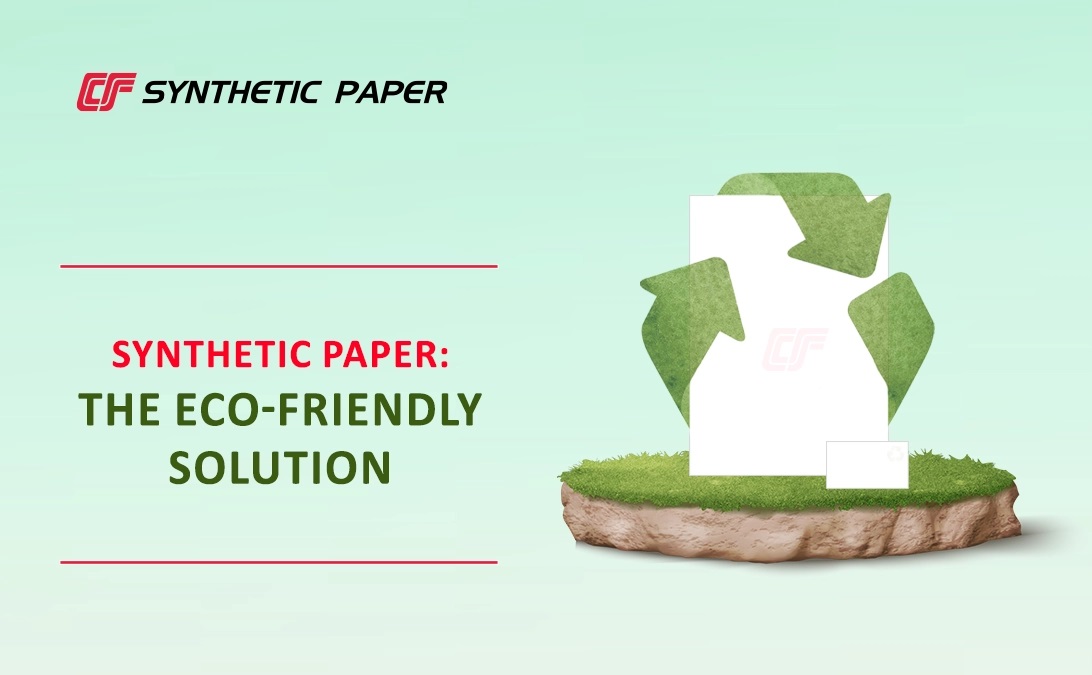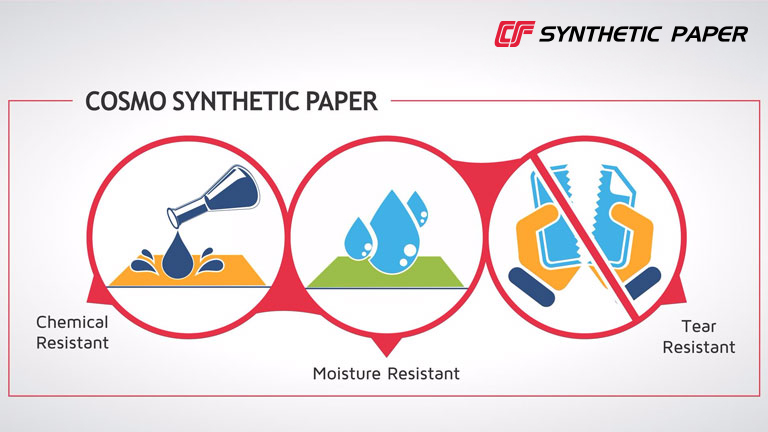Synthetic paper is often misunderstood due to persistent myths
and misconceptions about its properties, uses, and sustainability. Let’s debunk
the most common myths about synthetic paper, providing clarity for those
considering it for printing and other applications.
Myths Vs. Reality
Myth 1 - Synthetic Paper is expensive
Reality: Many compare the upfront cost of synthetic
paper with the total cost of ownership, mistakenly believing it’s
expensive. In reality, printing on this non-tearable paper means a lower
lifetime cost due to reduced replacement, higher durability, and fewer print
errors.
Businesses that switch to this paper typically save money on
reprints and damaged materials over time, resulting in a better ROI.
Myth 2 - Synthetic Paper is bad for the environment
Reality: A widely held misconception is that synthetic
paper worsens plastic pollution, making it less eco-friendly. However, this
ignores major advances in material science. Synthetic paper is recyclable.
When used correctly, it offers resource efficiency, and its
extended lifespan often means less frequent replacement and lower overall
environmental impact.
Myth 3 - Synthetic Paper difficult to print on
Reality: This innovative tear-resistant paper is
compatible with digital, offset, flexo, and screen-printing processes. It
offers excellent ink adhesion, quick drying times, and compatibility with both
solvent and water-based inks.
Myth 4 - Synthetic Paper looks and feels cheap
Reality: Synthetic paper closely resembles natural
paper in appearance and texture. It offers premium print quality, smooth
handling, and durability, making it ideal for fine print applications.
Myth 5 - Synthetic Paper cannot be used for high-end applications
Reality: Contrary to this belief, synthetic paper
offers premium print quality, vibrant color reproduction, and
durability, making it suitable for premium uses like art books, photo books,
and collectible prints.
Myth 6 - Synthetic Paper cannot be recyclable
Reality: There’s a myth that synthetic paper cannot be
recycled. But in reality, most synthetic papers are recyclable via
standard plastic recycling streams, such as #5 (polypropylene). By proper
disposal through plastic recycling infrastructure, synthetic paper contributes
to circularity and reduces landfill.
Myth 7 - Synthetic Paper is not writable
Reality: Most synthetic papers like Cosmo Synthetic
Paper accept ink from a variety of pencils and oil-based pens, maintaining
legibility and durability without smudging or bleeding.
Myth 8 - Synthetic paper is only for waterproof-vulnerable
applications
Reality: While synthetic paper is known for its waterproof
property, it isn’t just for moisture-vulnerable applications. Its flexibility
means it can be used for banners, brochures, menus, security documents, and
more. Synthetic paper’s strength and print quality make it a preferred choice
for high-end applications, from art books to premium garment labels.
Addressing safety & regulatory compliance
Today, synthetic paper is designed to align with strict
environmental and safety standards. High-quality grades are compliant with food
contact regulations (such as CSPR-2 (M) FLEXI).
When evaluating synthetic paper, decision-makers must look
past persistent myths and rely on the latest information. The advances in
synthetic paper technology directly address concerns over cost, sustainability,
print quality, and recyclability.












